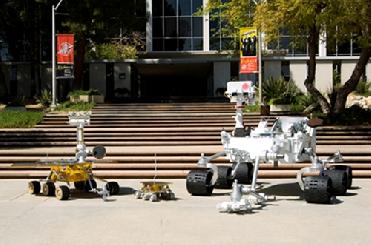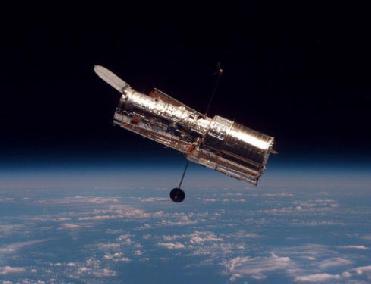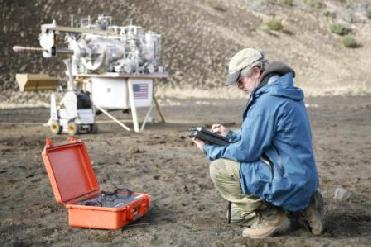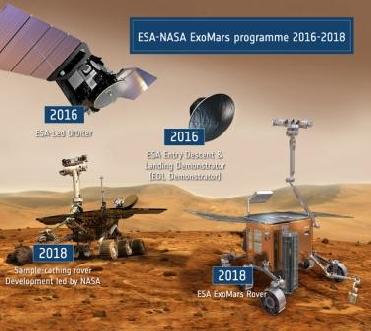
Mars Science Laboratory spacecraft. Photo credit: NASA
WASHINGTON (BNS): The launch of NASA's Mars Science Laboratory to find out if the red planet can support life has been put off by two years.
The mission that will send a next-generation rover with unprecedented research tools to study the early environmental history of Mars, will now set off in 2011.
The earlier launch date of October 2009 is no longer feasible as testing and hardware challenges need to be addressed to ensure success of the mission, according to NASA.
The delay means an additional expenditure of $400 million to the already over-budget project. "The relative positions of Earth and Mars are favourable for flights to Mars only a few weeks every two years. The next launch opportunity after 2009 is in 2011," Mission managers said.
Doug McCuistion, director of the Mars Exploration Programme at NASA headquarters here, said the launch date has been changed to fully test the mission's complex flight systems.
"Up to this point, efforts have been focused on launching next year, both to begin the exciting science and because the delay will increase taxpayers' investment in the mission. However, we've reached the point where we cannot condense the schedule further without compromising vital testing," he said.
Scientists at NASA said the Mars Science Laboratory team recently completed an assessment of the progress made in the past three months. Based on that, it was decided to change the launch date.
"Despite exhaustive work in multiple shifts by a dedicated team, the progress in recent weeks has not come fast enough on solving technical challenges and pulling hardware together," said Charles Elachi, director of NASA's Jet Propulsion Laboratory in Pasadena, California. "The right and smart course now for a successful mission is to launch in 2011�.
Giving details about the advanced rover, the space agency said it was one of the most technologically challenging interplanetary missions ever designed. "It will use new technologies to adjust its flight while descending through the Martian atmosphere, and to set the rover on the surface by lowering it on a tether from a hovering descent stage�.
Research instruments make up a science payload 10 times the mass of instruments on NASA's Spirit and Opportunity Mars rovers.
"The Mars Science Laboratory is engineered to drive longer distances over rougher terrain than previous rovers. It will employ a new surface propulsion system�.
�Rigorous testing of components and systems is essential to develop such a complex mission and prepare it for launch. Tests during the middle phases of development resulted in decisions to re-engineer key parts of the spacecraft," Mission managers said.
"Costs and schedules are taken very seriously on any science mission, however, when it's all said and done, the passing grade is mission success," said Ed Weiler, associate administrator for NASA's Science Mission Directorate at NASA headquarters.
 Previous Article
Previous Article Next Article
Next Article













The Indian Air Force, in its flight trials evaluation report submitted before the Defence Ministry l..
view articleAn insight into the Medium Multi-Role Combat Aircraft competition...
view articleSky enthusiasts can now spot the International Space Station (ISS) commanded by Indian-American astr..
view article